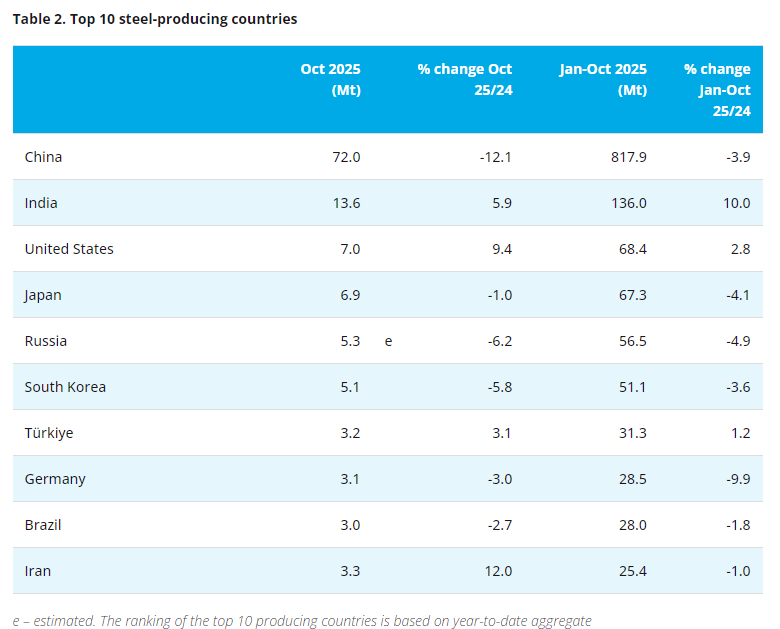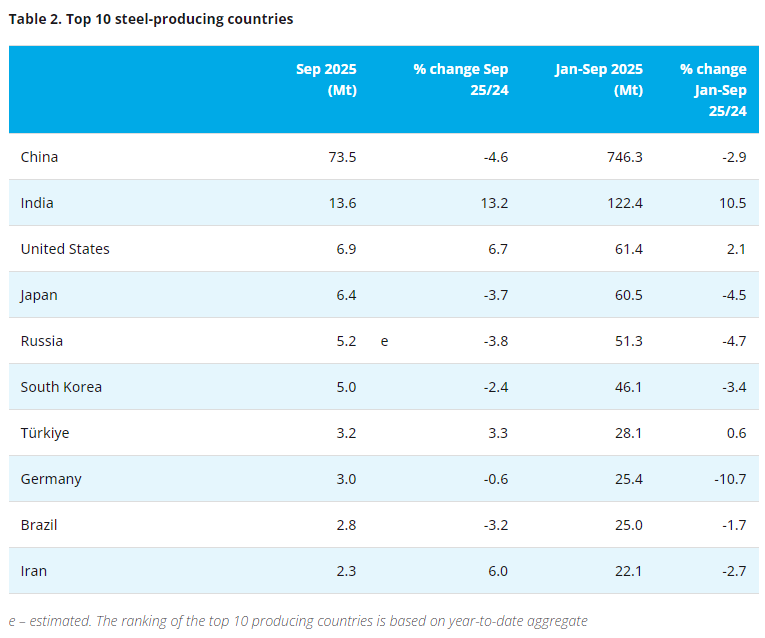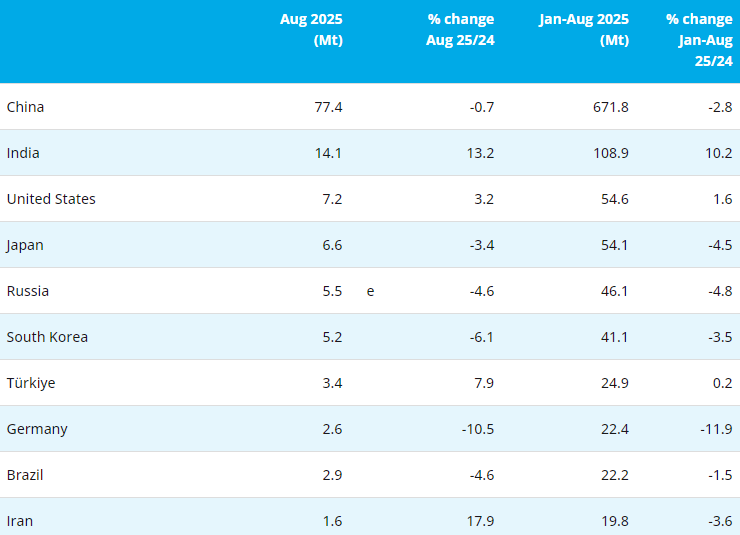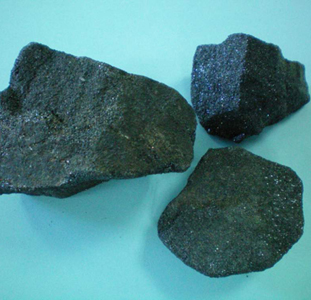[ferro-alloys.com] Chinese Slowdown is the dominant market narrative for the base metals traded on the London Metal Exchange (LME).
It's why the price of copper, the bellwether of the LME pack, is trundling along in a tight range either side of $7,000 per tonne.
Uranium Stocks Go NuclearWith Uranium At Rock Bottom There's No Better Time To Invest In Uranium EnergyandCapital.com/UraniumBest Gold StocksGet This Free Report Now What You Read Will Shock You. OutsiderClub.com/Gold_CompanyIt's why the price of other metals such as nickel and aluminium are now eating into the top end of the global cost-curve.
So why has the price of iron ore, that other great bellwether of the Chinese industrial economy, been rising?
Benchmark 62-percent grade iron ore has spurted higher from its May lows around $110 per tonne to over $130 per tonne.
The rally appears to run counter to the traditional weakness of steel demand across the northern hemisphere, China included, over the summer doldrums.
It is also happening just as the long-anticipated tidal wave of new supply from Australia's Pilbara is starting to build momentum.
How long can the iron ore market continue to defy growing price-negative pressures from both sides of the supply-demand equation?
STEEL STRENGTH
As ever with iron ore, you don't need to look very far to understand the core driver of the recent rally.
China's leviathan steel sector is still churning out near record amounts of metal.
Production in June was 4.6 percent higher than last year. according to the latest figures from the World Steel Association. Production in the rest of the world fell by 0.6 percent.
China's cumulative production in the first half of this year rose by 7.4 percent, far outstripping any other major steel producer.
The higher-frequency figures from the China Iron and Steel Association (CISA) suggest a bit of seasonal slowdown to an annualized run-rate of 760 million in the first days of July.
But to put that into perspective, that would have been a record in any previous year and is still only marginally off the 800-million run-rate achieved in early March.
China's steel mills are still producing at this accelerated rate because, quite simply, they can still make money.
Margins always hold the key to the Chinese steel sector and right now they are positive.
Shanghai steel rebar futures have risen steadily over the last month with the most liquid contract this week trading at levels not seen since early May.
Leading Chinese steel mills such as Wuhan Steel and Jiangsu Shagang have raised prices for both July and August deliveries.
Copyright © 2013 Ferro-Alloys.Com. All Rights Reserved. Without permission, any unit and individual shall not copy or reprint!
- [Editor:editor]



 Save
Save Print
Print Daily News
Daily News Research
Research Magazine
Magazine Company Database
Company Database Customized Database
Customized Database Conferences
Conferences Advertisement
Advertisement Trade
Trade
















Tell Us What You Think